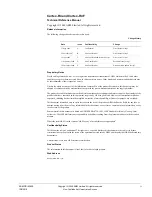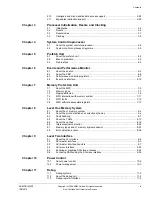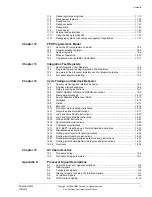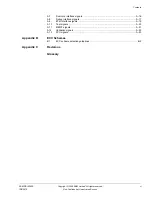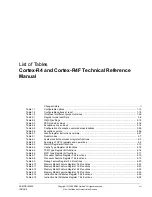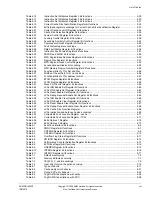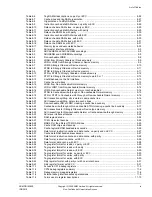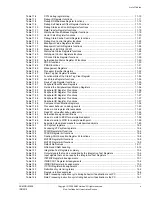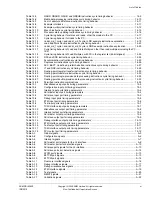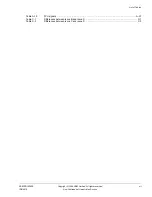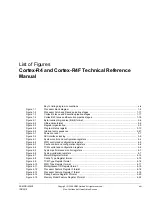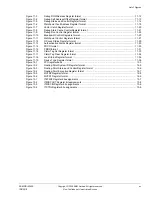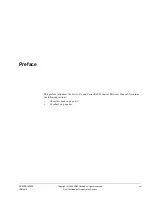Reviews:
No comments
Related manuals for Cortex r1p3

Ceiling Trim Kit for Home2 Series
Brand: Elite Screens Pages: 8

SC-HB42M42
Brand: Scarlett Pages: 20

G20010
Brand: TREVIDEA Pages: 28

POA-MD03VD2A
Brand: Sanyo Pages: 2

POA-MD17SDID
Brand: Sanyo Pages: 4

POA-FBOX130
Brand: Sanyo Pages: 3

PLC-LNS07
Brand: Sanyo Pages: 3

PLC
Brand: Sanyo Pages: 3
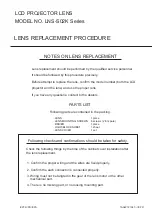
LNS-S02K Series
Brand: Sanyo Pages: 3

LNS-W50
Brand: Sanyo Pages: 4

LNS-S30 - Zoom Lens - 48.4 mm
Brand: Sanyo Pages: 4

LNS-S30
Brand: Sanyo Pages: 4

LNS-W04
Brand: Sanyo Pages: 6

LNS-T03 - Telephoto Zoom Lens
Brand: Sanyo Pages: 8

LNS-T03
Brand: Sanyo Pages: 8

LNS-T31A - Telephoto Zoom Lens
Brand: Sanyo Pages: 9

LNS-S03 - Zoom Lens - 97 mm
Brand: Sanyo Pages: 10

PmPPC440
Brand: Artesyn Pages: 99


